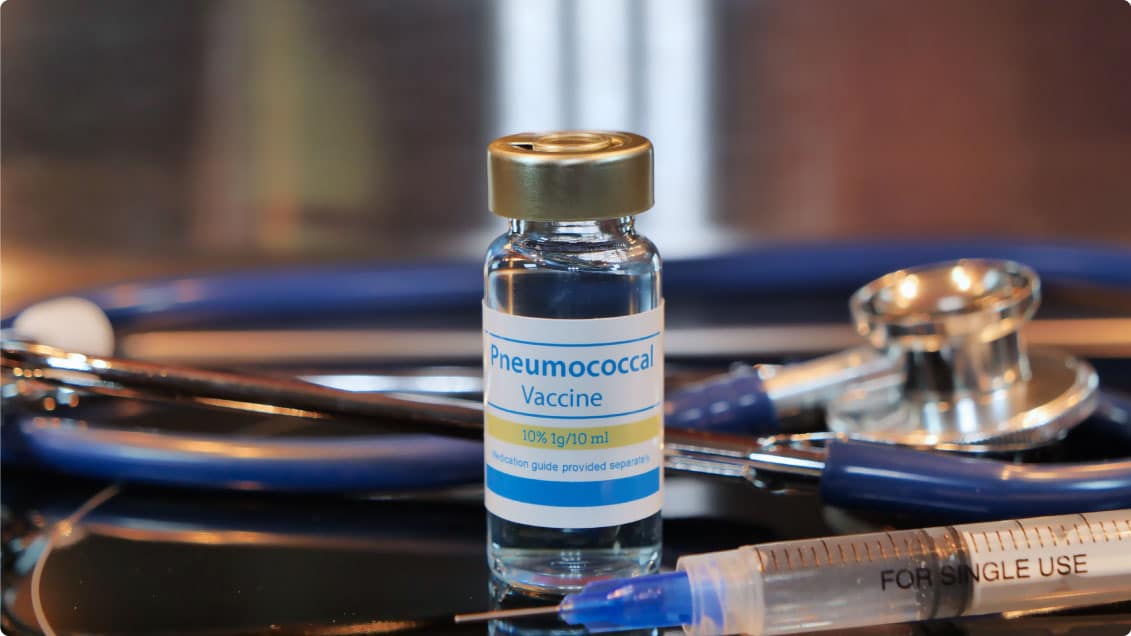My mother once shared with me, “Even if my doctor had told me that the hormones I was taking would eventually lead to cancer, I would have continued. That’s how much I was suffering.”
While the transition to menopause can be relatively smooth for some women, for others it can be a tumultuous time marked by uncomfortable changes in the body. My mother’s words have profoundly influenced my understanding of the nuances of caring for women in midlife. Beyond just hot flashes, my mother’s menopausal transition was also marked by joint pain so severe she struggled to get out of bed some days. Depressive episodes would hit her without warning, and her sleep was disrupted.
Witnessing her journey highlighted how crucial it is to approach this transition in a woman’s life with deep empathy, and to equip women with comprehensive and accurate information about their options, empowering them to embrace this stage of life in the most proactive way possible.
Understanding the Stages: Perimenopause, Menopause, and Postmenopause
As women navigate perimenopause–the transitional years before the end of their periods–they encounter a complex landscape of hormonal changes that bring a wide array of symptoms. Perimenopause can last anywhere from 1 to 10 years and is characterized by irregular cycles and fluctuating hormones, where many experience hot flashes, mood swings, and disrupted sleep. Some may encounter lesser-known symptoms such as a new onset of palpitations, sudden fatigue, joint pain that appears unexpectedly, itchy skin, or even sudden memory lapses.
Then comes menopause, or the beginning of being postmenopausal, defined as 12 consecutive months without a period. Osteoporosis, or bone loss, is often a significant complication of menopause and leads to an increased risk of fractures in the spine and hip. Many women experience genitourinary issues like vaginal dryness or discomfort, as well as urinary urgency that can disrupt daily life. Some symptoms evolve and intensify, while others subside. It becomes clear that each woman’s journey through menopause is uniquely her own.
Menopause Hormone Therapy (MHT) – An Evolution
The history of Menopause Hormone Therapy (MHT) previously known as Hormone Replacement Therapy (HRT) has undergone significant changes since the 1950s. HRT’s history started in the 1960s and 1970s and soon became the go-to solution for countless women navigating menopause. Treatment remained popular through the 1990s, as doctors eagerly prescribed it to ease their patients’ symptoms and fend off the challenges of this transition.
However, the Women’s Health Initiative (WHI) findings published in 2002, a landmark study of its day, revealed some increased risks of breast cancer and stroke associated with HRT, leading to a dramatic reevaluation of its use. While the WHI provided some insights, it had several limitations including its lack of applicability for many of today’s women:
- Study population: The average WHI research participant was older and sicker than the average menopausal woman. The average age in the study was 63, while the average age of menopause in the U.S. is 51. Approximately 70% of the research participants had high blood pressure, 30% had pre-existing cardiovascular disease, and around 10-15% of the participants were smokers. Studies show that starting HRT closer to the menopause transition may have had protective effects against cardiovascular disease.
- Different Hormones: The study focused on specific hormones (conjugated equine estrogen and medroxyprogesterone), that don’t represent today’s wide range of therapies, including options that mimic the natural hormones in our bodies, such as estradiol and progesterone.
- Different Delivery Methods: It also did not assess different delivery methods, which can affect safety and efficacy, such as the transdermal patch, creams, and rings, which mitigate the clotting risk of oral estradiol.
- Subgroup Analysis: The estrogen-only group (those with hysterectomies) showed a reduced risk of breast cancer, suggesting that estrogen may affect breast tissue differently when not combined with progestins.
Despite the many limitations of the WHI study, this led to a widespread reluctance among providers to prescribe HRT after 2002, resulting in an unfortunate swing toward undertreatment and leaving many women without effective options for managing their symptoms.
However, as new studies emerged highlighting MHT’s benefits—decreased all-cause mortality, protective effects against osteoporosis, and cardiovascular disease, especially for those who were younger and started in early menopause—there has been a renewed interest in personalized approaches to hormone therapy, leading to its gradual resurgence as a viable option for many women.
The Individualized Approach
I am encouraged by the renewed interest and acceptance of menopause hormone therapy for many women. Starting treatment earlier in the menopause transition, along with various delivery methods like the transdermal estradiol patch and using bio-similar progesterone, may enhance cardiovascular health and offer other potential benefits, such as reduced risks of diabetes and colon cancer. Additionally, MHT provides crucial protection against bone loss, an often overlooked benefit. It remains to be seen whether we can improve other important health outcomes.
While I remain optimistic about the benefits of MHT, I’m mindful of not letting the pendulum swing too far the other way. Some of my patients have confided to me that they feel like they are missing out on life by not taking hormones. It’s important to adopt a balanced approach that acknowledges that not all menopausal women require hormone therapy to thrive. Some of my patients do very well without any hormones. For others, it is not a viable option while some opt to focus on lifestyle, supplements, or cognitive behavioral therapy. Non-hormonal medications can also be a helpful alternative for symptom control in some patients.
In conclusion, menopause treatment is far from a “one-size-fits-all” approach. It’s crucial to partner with a knowledgeable provider who has taken the time to update themselves on the latest research and current thinking and understands each woman’s unique journey. At Peninsula Doctor, we have been able to focus on this topic, among others, and consider potential benefits such as longevity and aging well. By working together in open communication, women can find the best strategies that support their needs and enhance their well-being during this transformative phase of life.
Dr.Judy Kim



